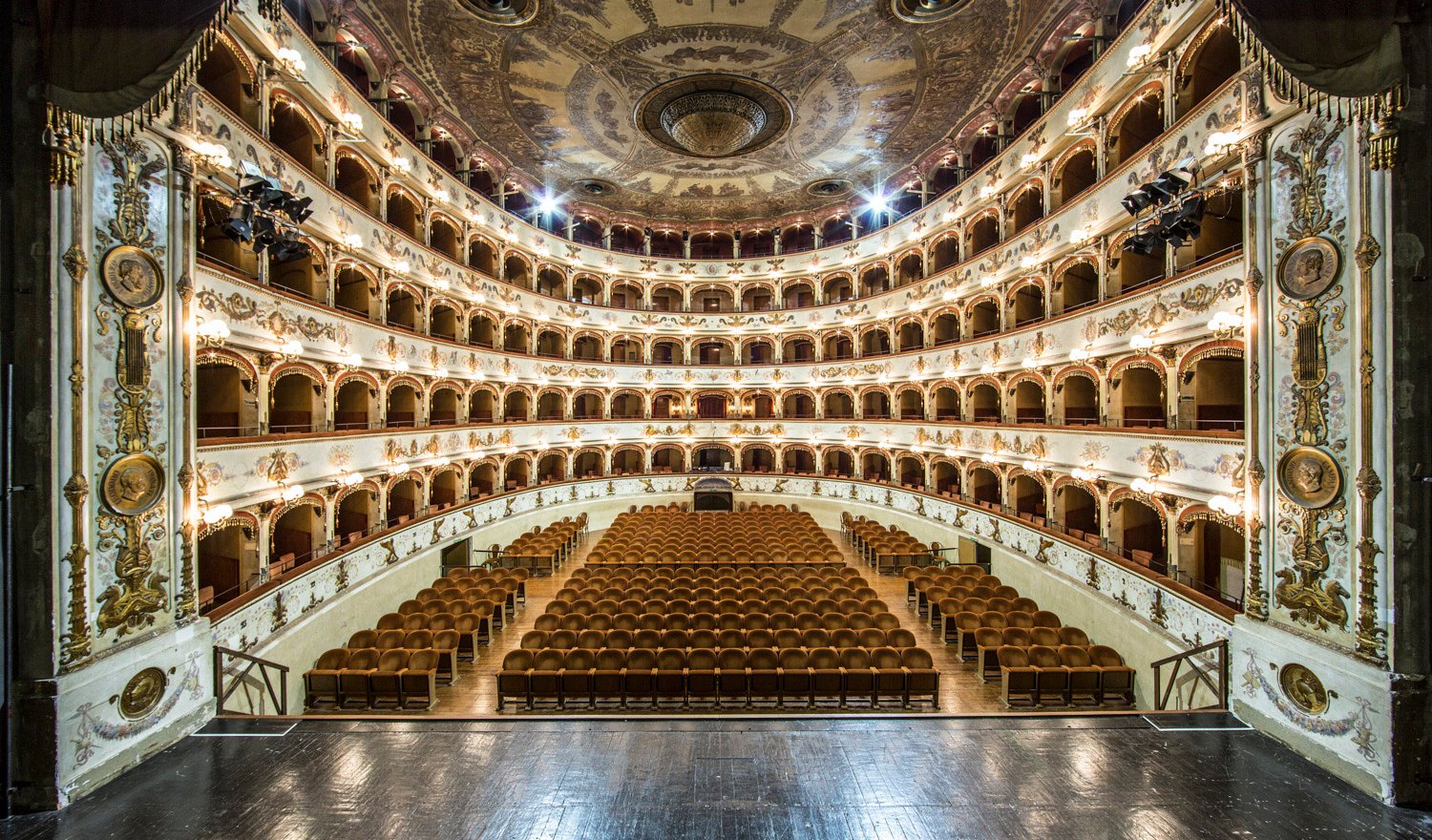
Program
Featuring
Other information
The event is about 2.5 hours long.
About the event
Mendelssohn's world-famous violin concerto and one of Dvořák's most famous symphonies will be performed at the Budapest Festival Orchestra's concert in Ferrara, set to open with Fanny Mendelssohn’s choral piece. The soloist of the concerto, Renaud Capuçon, is a returning guest of the BFO. The former concertmaster of Claudio Abbado will use his 1737 Guarnieri violin to share the deep and nuanced tones of the piece, while displaying the virtuosity which makes him a favorite of audiences and critics. After the concerto with its technically challenging opening movement, a singing aria and a finale reminiscent of A Midsummer Night's Dream, the audience will be able to enjoy how the three-note crescendo motif which appears early in the first movement of Dvořák's symphony weaves through and binds the four movements together.
Fanny Hensel or, as most people know her by her maiden name, Fanny Mendelssohn, in keeping with the customs of the times, should not have been able to practice her greatest passion; her incredible talent, however, allowed her to break through, and she became a prominent female composer. Her cycle Gartenlieder (Garden Songs), composed in 1846, includes six choral works for mixed choir. The poem set to music in the fourth movement of the series was written by Fanny’s husband, Wilhelm Hensel. The work tells the story of light, as it rids us of the darkness and dread of night; the beauty of nature, quiet, but very much active; and love. The music, appropriately, is vibrant, sparkling and joyous.
Following his violin concerto, composed at the age of thirteen – not bad for someone of his age! – Mendelssohn returned to the genre only after more than a decade and a half. His work was hindered by other projects and illnesses, and he only finished the piece six years later, in 1845. Despite being an outstanding violinist himself, the composer relied on the help of his violinist friend Ferdinand David for technical matters throughout; the piece was eventually dedicated to him. The result was Mendelssohn’s final major orchestral work: a simply structured, yet thoroughly innovative, violin concerto. Instead of an orchestral introduction, the soloist kicks off the beginning of the first movement, and the virtuoso cadenza also comes earlier than what would be suggested by the format of the movement. It is not only the violinist who is impatient in this piece: the three movements, also relate to one another thematically and flow seamlessly with harmonic connections, without any pauses. After the slow movement, evoking the world of Songs Without Words, the piece concludes with a joyous finale, introduced with a fanfare of trumpets.
Dvořák’s own Symphony No. 8 was similarly an important milestone for the composer: it was the first time he was truly successful at introducing Czech folk music elements to the genre of the symphony. Despite its national characteristics, the piece is also known as the “English” symphony, as the composer offered it to Cambridge University after being awarded a doctoral degree by the school. The three-note crescendo motif which appears early in the first movement weaves through and binds the four movements together. The second movement is comprised of choral-like short lines and exciting pieces of musical dialogue; the third, despite being a waltz, is much more reminiscent of the atmosphere and style of Slavic dances. The finale is introduced by a fanfare of trumpets; the core of the movement is provided by a song filled with variations and interrupted by a march.